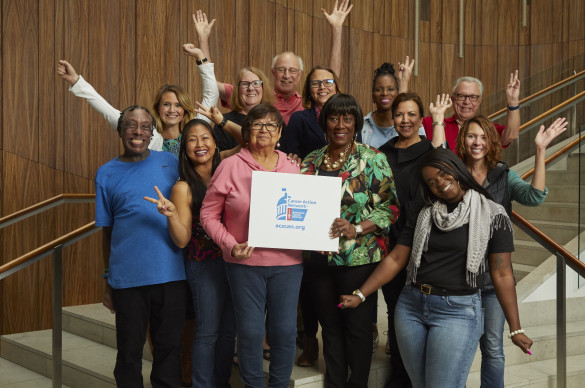For media inquiries, contact:
Desiree Berenguer Carton
732.818.3517 ext 2328-office
973.477.7056-cell
[email protected]
FOR IMMEDIATE RELEASE
EVIDENCE IS CLEAR: INDOOR TANNING INCREASES RISK FOR CANCER
Health Advocates Urge Passage of Teen Tanning Bed Ban
(Trenton, NJ) (January 4, 2012) -Health organizations are calling on the New Jersey Assembly to "ban the tan" for the state's youth. The "tan ban" legislation would prohibit the use of indoor tanning beds by minors under the age of 18.
The American Cancer Society, AIM at Melanoma, American Academy of Dermatology, The Dermatological Society of New Jersey and melanoma survivors all support the legislation(S-2119/A-2933/A-3640/A-2867) that protects teens from a proven carcinogen.
"Indoor tanning is totally unnecessary and potentially deadly. In their quest for a glowing tan, teenagers are increasing their risk of skin cancer," said Blair Horner, vice president of advocacy, American Cancer Society of NY & NJ. "This is about kids being exposed to a carcinogen that may cost them their lives."
Despite the many warnings about the dangers of indoor tanning, teenagers continue to account for a large percentage of this industry's consumer base. Many tanning facilities have implemented misleading advertising campaigns in recent years. Such campaigns lead the public to believe that tanning is safe and, in some cases, healthy. In one promotion noted, "New research is uncovering how regular sun exposure and vitamin D levels are linked to lower rates of many forms of cancer, including breast, ovarian and colon cancers," with no mention of the dangers from skin cancers.
"Tanning beds are not safe for anyone, let alone kids and I have the scars to prove this," said Allison Gough, melanoma survivor. "When I was a teenager, I used indoor tanning often before proms and other events. I thought I was invincible. Little did I know that I would be diagnosed with skin cancer years later."
Scientific studies have shown clear and compelling evidence that tanning bed use increases the risk of developing all forms of skin cancer. The U.S. Department of Health and Human Services and the World Health Organization have recognized the carcinogenic risks associated with tanning bed use. Over 68,000 Americans will be diagnosed with Melanoma this year, including 2,430 in New Jersey. Because of the high risks associated with tanning bed use especially at younger ages, similar legislation has just been signed into law in California.
Key points from recent scientific studies showing the dangers of indoor tanning include:
· Use of indoor tanning devices represents a significant and avoidable risk factor for the development of both melanoma and non-melanoma skin cancers. Other adverse effects due to indoor tanning include burns, solar skin damage, infection, and possibly also addictive behavior.
· A person who has used tanning devices for more than 50 hours, 100 sessions, or 10 or more years is 2.5 to 3 times more likely to develop melanoma than a person who has never tanned indoors.
· 76 percent of melanomas are attributable to ever-use (even one session) of a tanning device.
· Use of indoor tanning in the past year was higher among girls and among the older age groups. These proportions among 14-, 15-, 16-, and 17-year-old girls were 8.5%, 13.6%, 20.9%, and 26.8%, respectively.
· The presence of state legislation restricting minors' access to indoor tanning by requiring parental consent has limited effectiveness.
For more information from the American Cancer Society about skin cancer and the dangers of indoor tanning, visit cancer.org or call 1-800-227-2345.
###
About the American Cancer Society
The American Cancer Society combines an unyielding passion with nearly a century of experience to save lives and end suffering from cancer. As a global grassroots force of more than three million volunteers, we fight for every birthday threatened by every cancer in every community. We save lives by helping people stay well by preventing cancer or detecting it early; helping people get well by being there for them during and after a cancer diagnosis; by finding cures through investment in groundbreaking discovery; and by fighting back by rallying lawmakers to pass laws to defeat cancer and by rallying communities worldwide to join the fight. As the nation's largest non-governmental investor in cancer research, contributing more than $3.4 billion, we turn what we know about cancer into what we do. As a result, more than 11 million people in America who have had cancer and countless more who have avoided it will be celebrating birthdays this year. To learn more about us or to get help, call us any time, day or night, at 1-800-227-2345 or visit cancer.org.
